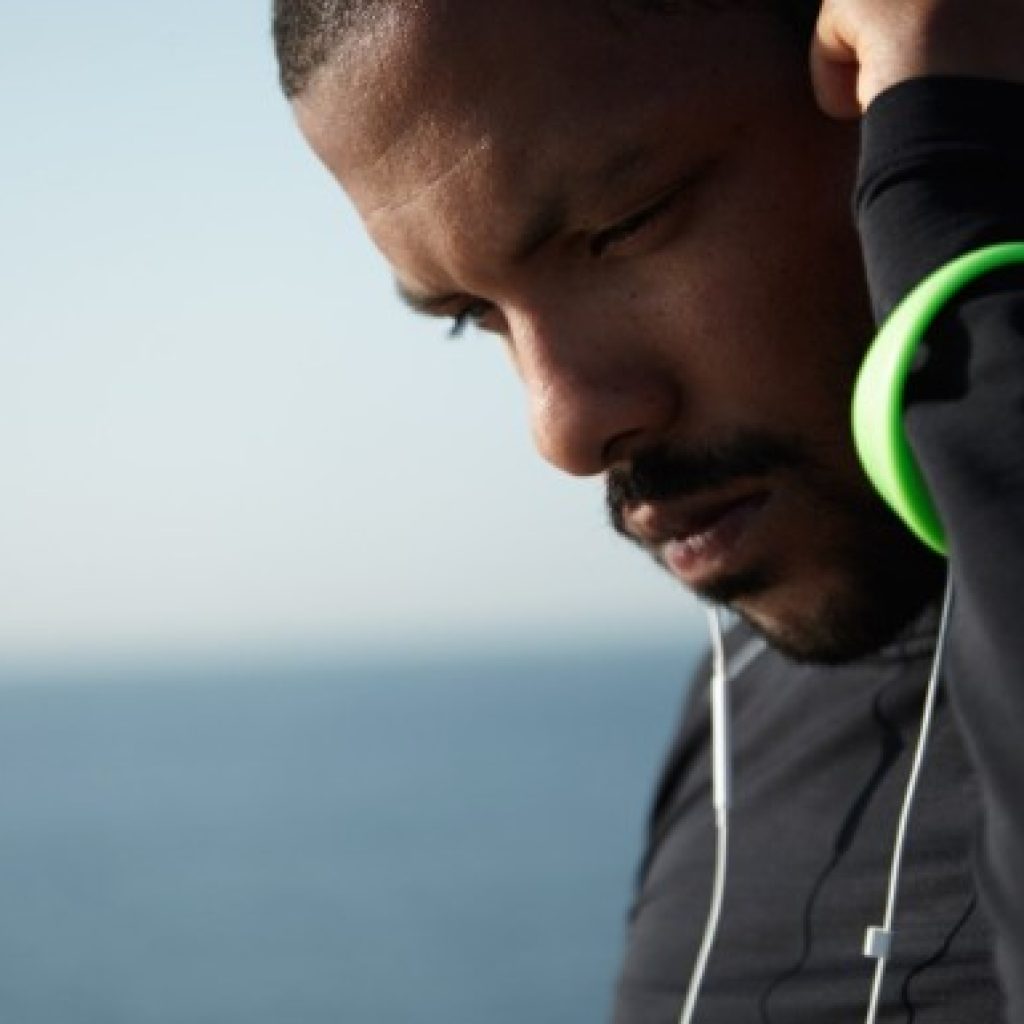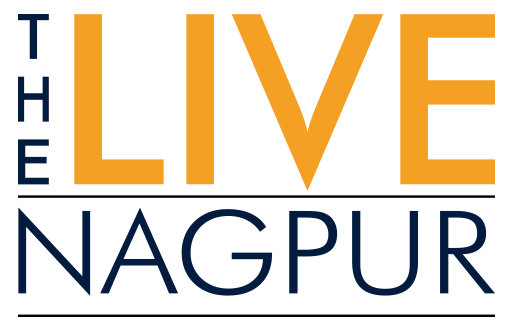The camera flashes don’t wait for a cool-down. Sweat is still clinging to the face, the adrenaline hasn’t dipped, but the mic is already in the athlete’s space. There is little regard for what an athlete has gone through. If there’s a loss, an explanation is immediately needed, and if there’s a win, an extravagant display is required. In between all that performance and PR, the person behind the jersey becomes indistinguishable. The toll is not physical, but it exists; it’s honest and shocking.
The Rise of Media Demands in Modern Sports
It’s no longer post-game pressers that capture an athlete’s attention. Every athlete now has to manage pre-match briefings, associated photo shoots, content creation for sponsors, social media requirements, and brand obligations. Platforms like Melbet often ask for athlete features or collaborations to boost visibility, adding another layer to their off-field workload. Even practice sessions come with “just one quick interview” level interruptions. One former Premier League midfielder succinctly phrased it: “You train to play. You rest to recover. But media days? They steal both.”
The clock is packed, and there is no room to breathe. During the 2022 FIFA World Cup, some players spent more time in front of cameras than on the tactical field. Broadcasters and platforms capture every second to maximize clicks, likes, and headlines. This mental stress is not optional for base-level athletes. For elite athletes, this is the reality of being visible, and the pressure is horrific.
When Exposure Overrides Recovery
Following a mentally and physically exhausting game, players are often thrown straight into a daze of lights, cameras, and judgment. Not tomorrow. Not later. Now. The body may be battered, the brain a mental mush, but the show must go on. That’s how it works.
This is how it impacts the most:
- No negative pre-match mental cool-off.
- Emotional responses are always out of context.
- Post-match medical recovery is postponed.
- Pre-nutrition, therapy, or even shower media duties.
It’s no bother, purely an inconvenience. These minutes count. And when media obligations, something cracks constantly eats them up. For many, it’s the mind.
Emotional Cost Behind the Camera
The spotlight lingers long after the final whistle. It’s not solely about microphones or press passes. Performers, while performing, are exposed to jarring workloads. For platforms like Melbet BD, where fans follow every move and quote, the demand for constant access only adds to that pressure. That emotionally delicate exposure is what we seldom get to see, but a myriad of athletes carry with them to sleepless nights.
Anxiety and Public Scrutiny
Every athlete’s quote is treated as a headline. Every pause gets archived as a story. You aren’t judged on your actions alone – your speech matters just as much. One botched soundbite? That’s a trending judgment by breakfast. The relentlessness doesn’t stop with the game. It transforms into ‘mic’ pressure.
Many athletes bring the same anxiety they reserve for game day to the press room. An exhale is framed as arrogance. Silence becomes a breeding ground for speculation. In the name of constant scrutiny, they begin self-censoring ‘in real-time.’ This isn’t post-game analysis but emotional combat.
Loss of Autonomy and Identity
With no trade-off. An NBA player put it best: “It’s someone else’s clock.” Interviews, branded shoots, and other mandatory family appearances are mercilessly scrapped to “just one” media request. Days get devoured.
It’s not just the physical toll. The wear is personal, too. And when every word is managed, it becomes difficult to tell what’s authentic. Answers feel scripted. Smiles feel obligatory. Over time, the athlete fades behind the brand.

Solutions Athletes Are Calling For
Silence is not what the athletes are after; instead, it’s equilibrium that they are seeking. Osaka Naomi set the precedent when she decided not to attend the press conferences at Roland-Garros. Others followed suit and keenly honored the mental burden. Some teams have gone so far as to provide opt-out clauses for post-game media, particularly in the event of a loss.
A few of them are paying attention. The NBA Players Association is discussing the possibility of “media-free windows’’ after games, allowing players a brief respite before facing post-game interviews. This is no avoiding attention. This is an attempt to create the space required to breathe first. While athletes don’t only perform, they’re crafting a different type of playbook for everyone to observe.
Should Mental Recovery Be Prioritized Over Media?
If the game stops when the whistle blows, why is the pressure still on? Fans appreciate the insider view, but not the emotional cost it extracts. Resetting the mic on athletes is not a treat—they must be allowed to reset before they are forced to perform again. Perhaps “accessible” should be redefined to “empathy-enabled”.
👉 Click here to read the latest Gujarat news on TheLiveAhmedabad.com




